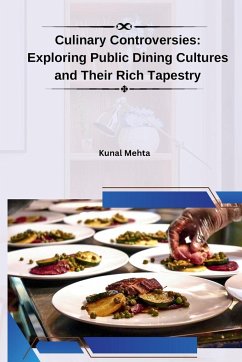Few activities in the rich fabric of human culture are as universally treasured as dining. Food is more than just fuel; it brings people together and fosters shared identities, traditions, and ideas. Public eating cultures give an interesting dimension to this issue, complementing the intimacy of dining at home. The history, morals, and character of a community are reflected in its public dining customs, which are as varied and rich as the civilization itself. The relevance of public dining cultures is unveiled as we investigate this idea and its implications for the social fabric. Cultures of Eating Out in Public The term "public dining culture" is used to describe the various ways in which people from different social, cultural, and religious origins eat together in public. These establishments have meaning far beyond the food they serve, and they can range from crowded street markets to refined dining rooms. The customs, norms, and traditions that surround eating in restaurants are known as "public dining cultures," and they are shared by people all over the world. Origins and Development Community meals were not only a need in ancient societies, but also an important part of their ritual practices. Thermopolia, ancient Rome's public eating halls, served hot meals and beverages to the general public. In a similar vein, ancient China had bustling teahouses where people met to drink tea, talk, and debate various political issues. Through centuries of trade, migration, and globalization, these customs morphed into a wide variety of public dining traditions.








